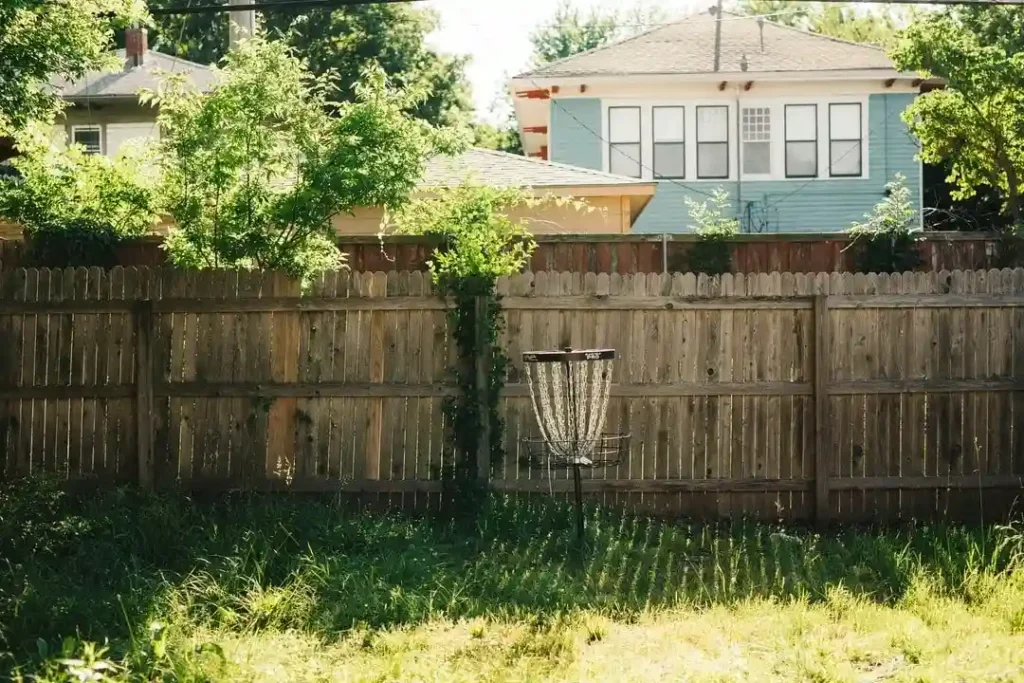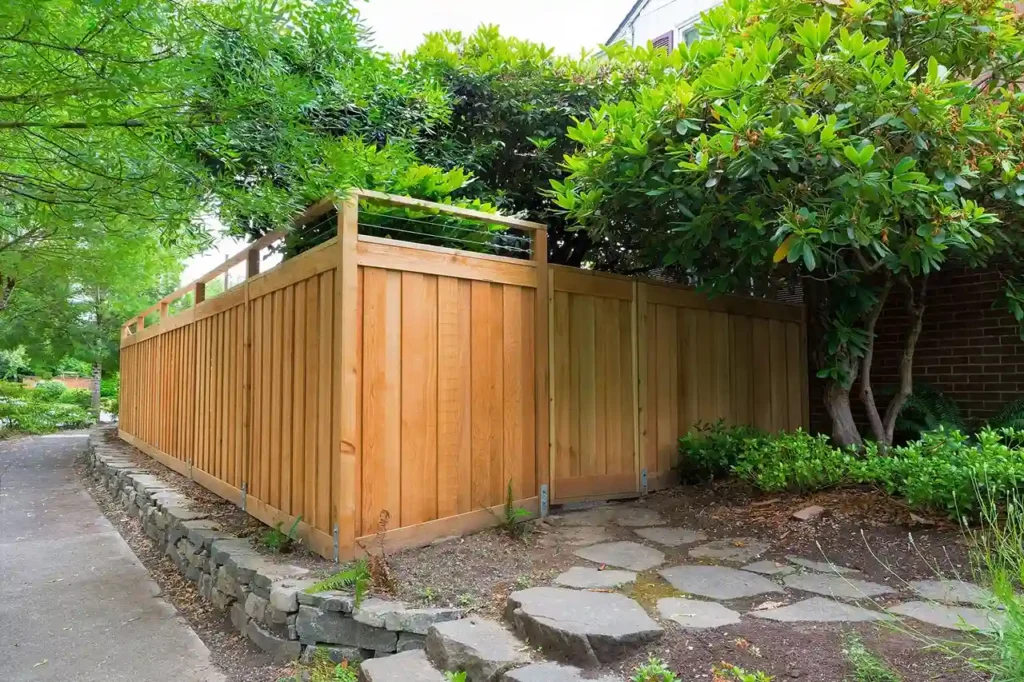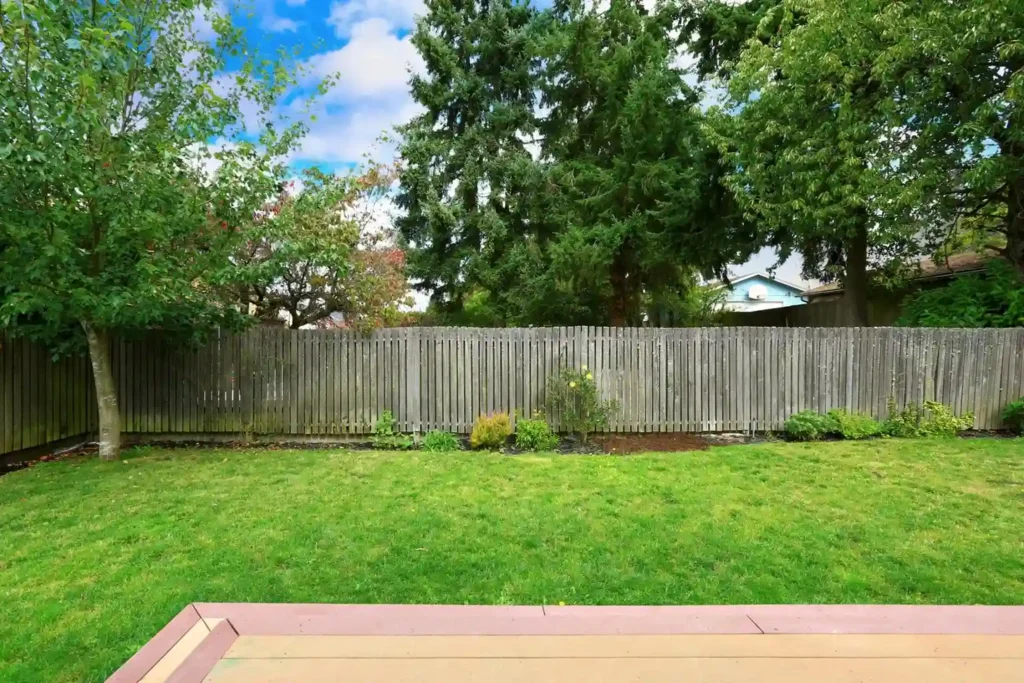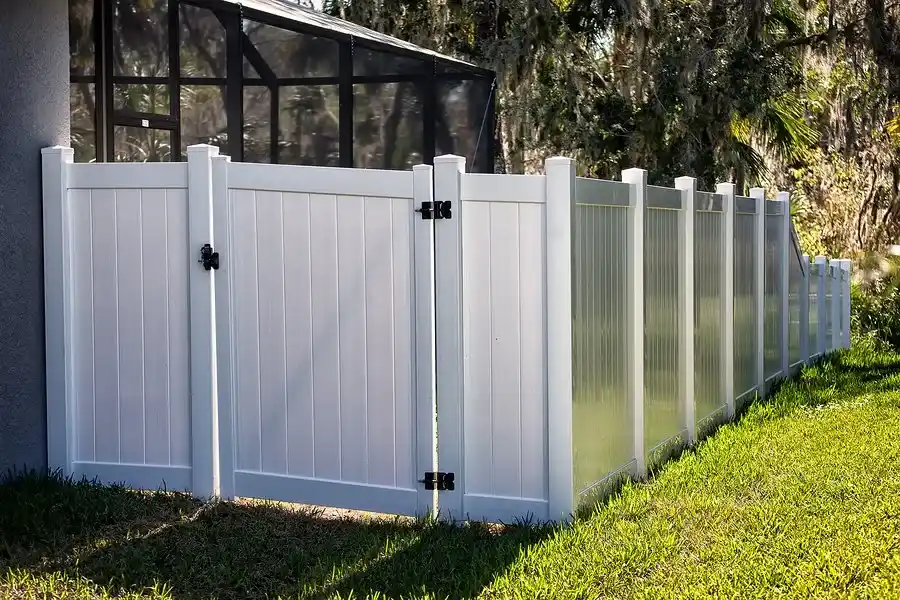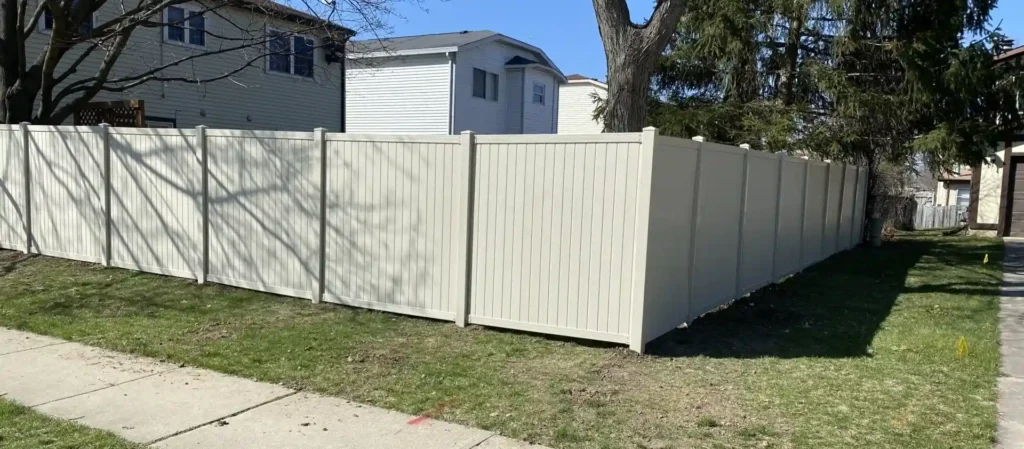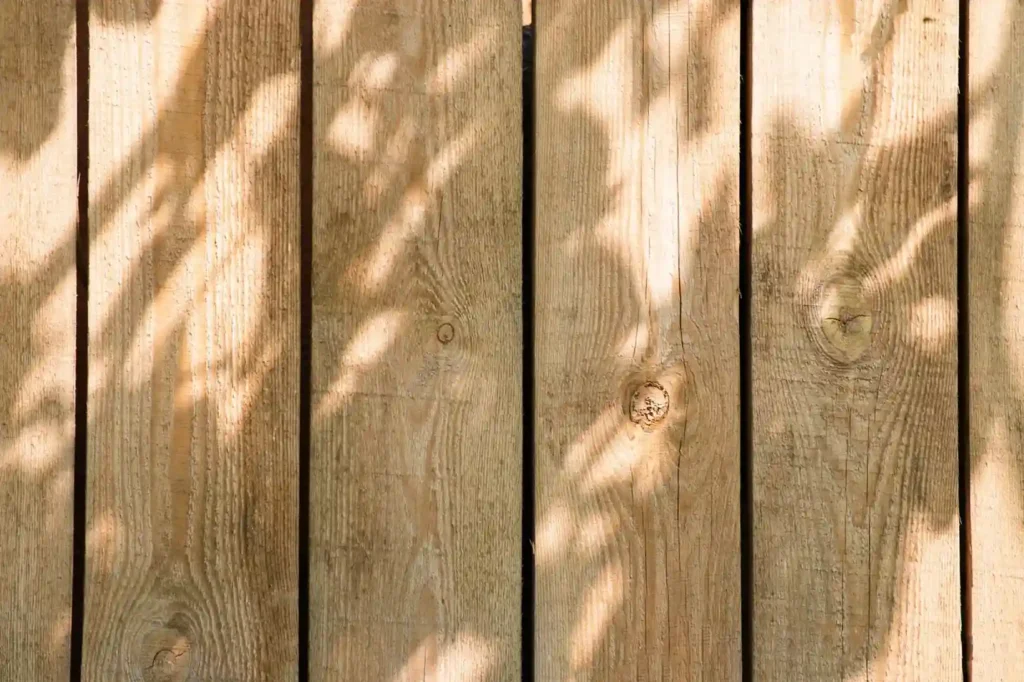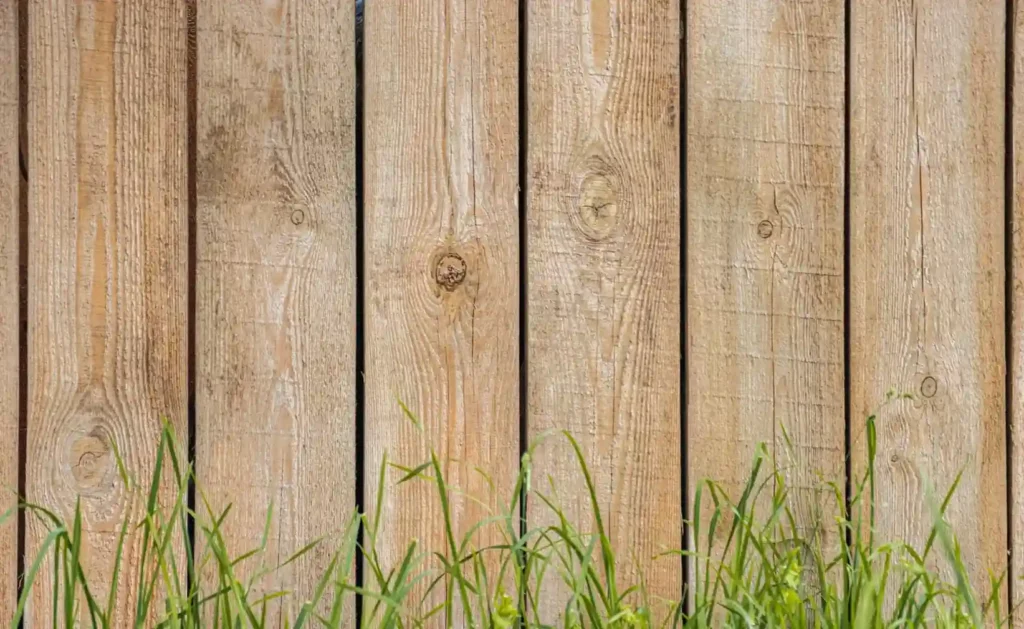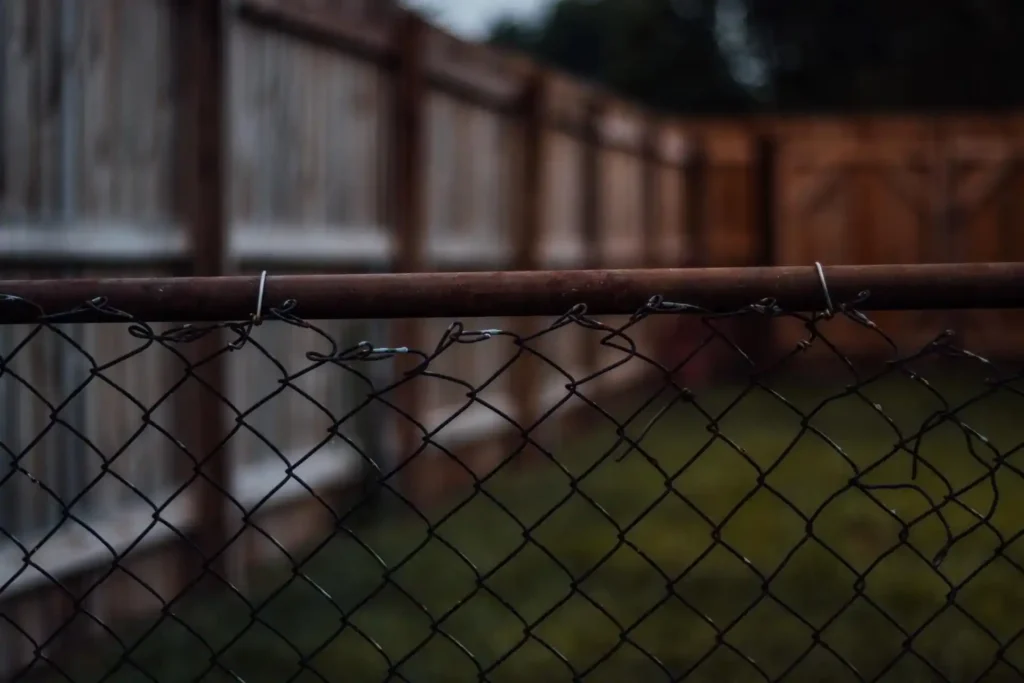Types of Safety Railings and Fences
Safety railings and fences are essential structural elements in residential, industrial, and commercial environments. These protective features help prevent falls, restrict access to hazardous zones, and ensure compliance with local building codes. Whether you’re working on a construction site, upgrading a home deck, or enhancing warehouse safety, selecting the right railing or fence system is critical.
This guide explores the most common types of safety railings and fences, their materials, and where they are most effectively used.
Why Safety Railings and Fences Matter
Safety rails and fences do more than define boundaries—they save lives and reduce liability. According to OSHA (Occupational Safety and Health Administration), falls are a leading cause of injury and death in construction and industrial settings. As a result, guardrails and protective fencing are required on elevated platforms, around machinery, and in residential areas with height differences such as decks, balconies, or rooftops.
Key Benefits:
- Fall Prevention: Roof safety railing and construction safety fences help prevent accidental falls from elevated areas.
- Code Compliance: Local building codes and federal safety regulations often mandate the use of specific railing systems, such as residential safety fences for decks over 30 inches above ground.
- Improved Site Aesthetics: While primarily functional, railings and fences can be tailored to complement a building’s design, using decorative features and materials like wood, aluminum, or steel.
Get an Free Instant Fence Quote Now
Common Types of Safety Railings and Fences
There are three primary materials used in safety fences and railing systems, each with unique advantages and ideal applications.
1. Wood Guardrails and Safety Fences
Wood is a classic choice for residential roof railing, deck railings, and perimeter fencing. Popular in suburban neighborhoods and home improvement projects, wood offers warmth and customization.
Pros:
- Affordable and widely available
- Easy to stain or paint for design versatility
- Best for residential use
Cons:
- Requires regular maintenance to resist weather damage
- Not suitable for industrial or high-impact zones
Wood safety fences are often installed alongside pressure-treated wood fences or cedar fences, offering a cohesive look throughout the property.
2. Steel Safety Railings
Steel is the industry standard for industrial safety railing systems. Known for its strength and durability, steel is ideal for warehouses, manufacturing plants, and elevated work platforms.
Pros:
- High strength and impact resistance
- Long lifespan with protective coatings
- Adaptable for custom configurations
Cons:
- Heavier and more expensive than other materials
- Prone to rust if improperly coated
For areas where long-term durability and compliance are key, steel is unmatched. It’s also commonly used in construction safety fence applications to secure active job sites.
3. Aluminum Safety Railings and Fences
Aluminum offers a lightweight yet strong alternative to steel. It’s commonly found in both residential and commercial railing installations, especially where corrosion resistance is a concern.
Pros:
- Naturally rust-resistant
- Requires minimal maintenance
- Sleek, modern appearance
Cons:
- More expensive than wood
- Not as strong as steel under heavy impact
Aluminum is often used in modern homes and public buildings. For long-term outdoor use, it also complements installations of aluminum fences, blending safety with design continuity.
Where Safety Railings and Fences Are Used
Safety fences and rails are required in several areas, depending on the environment and use case:
1. Residential Applications
- Decks and porches
- Rooftop terraces
- Staircases and elevated walkways
Most homeowners opt for wood or aluminum safety railing systems, depending on budget and aesthetics. For added protection, residential safety fences may also include child-proof or pet-friendly features.
2. Construction Sites
- Elevated platforms
- Excavation zones
- Perimeter boundaries
Temporary construction safety fences are typically installed with mesh panels or steel posts to keep unauthorized personnel out of dangerous areas.
3. Industrial Facilities
- Loading docks
- Mezzanines and elevated machinery platforms
- Chemical storage areas
In industrial settings, industrial safety fences made of heavy-duty steel or modular aluminum are crucial for both compliance and worker protection.
Choosing the Right Safety Railing System
Selecting the right safety fence or railing depends on:
- Location (residential vs. industrial)
- Material durability and maintenance
- Aesthetic preferences
- Budget
- Compliance requirements
Working with a qualified contractor or railing installer ensures proper planning, measurements, and installation. Always confirm that materials and systems meet local building codes.
If you’re also installing a perimeter fence, consider integrating your fencing material for visual continuity—such as matching your wood safety railings with wood fence panels or composite fences.
Final Thoughts
Whether you’re securing a construction site, protecting a residential deck, or outfitting an industrial platform, safety railings and fences are essential components that combine form, function, and compliance.
At BuyAFence, we offer a wide range of fencing materials—including wood, aluminum, and composite—that pair well with safety railing systems. Explore our fence cost calculator to plan your project and get an estimate based on material, size, and type.
FAQs
1. What is the difference between a safety railing and a guardrail?
Guardrails are a type of safety railing specifically designed to prevent falls from elevated surfaces. While all guardrails are safety railings, not all safety railings are considered guardrails.
2. Are wood safety railings durable enough for long-term use?
With proper maintenance and weatherproofing, wood railings can last several years in residential settings. However, they are not recommended for high-traffic or industrial areas.
3. Which material is best for outdoor safety railings?
Aluminum is ideal for outdoor use due to its rust resistance and low maintenance. Steel offers better impact resistance but needs coating to prevent corrosion.
4. Is it necessary to install safety fences on residential rooftops?
Yes, if the rooftop is accessible and used as a functional space, most local building codes require guardrails or safety fences for protection.
5. Can safety railing systems be customized?
Yes, most materials like steel and aluminum can be fabricated to match architectural designs or meet specific height and spacing requirements.

